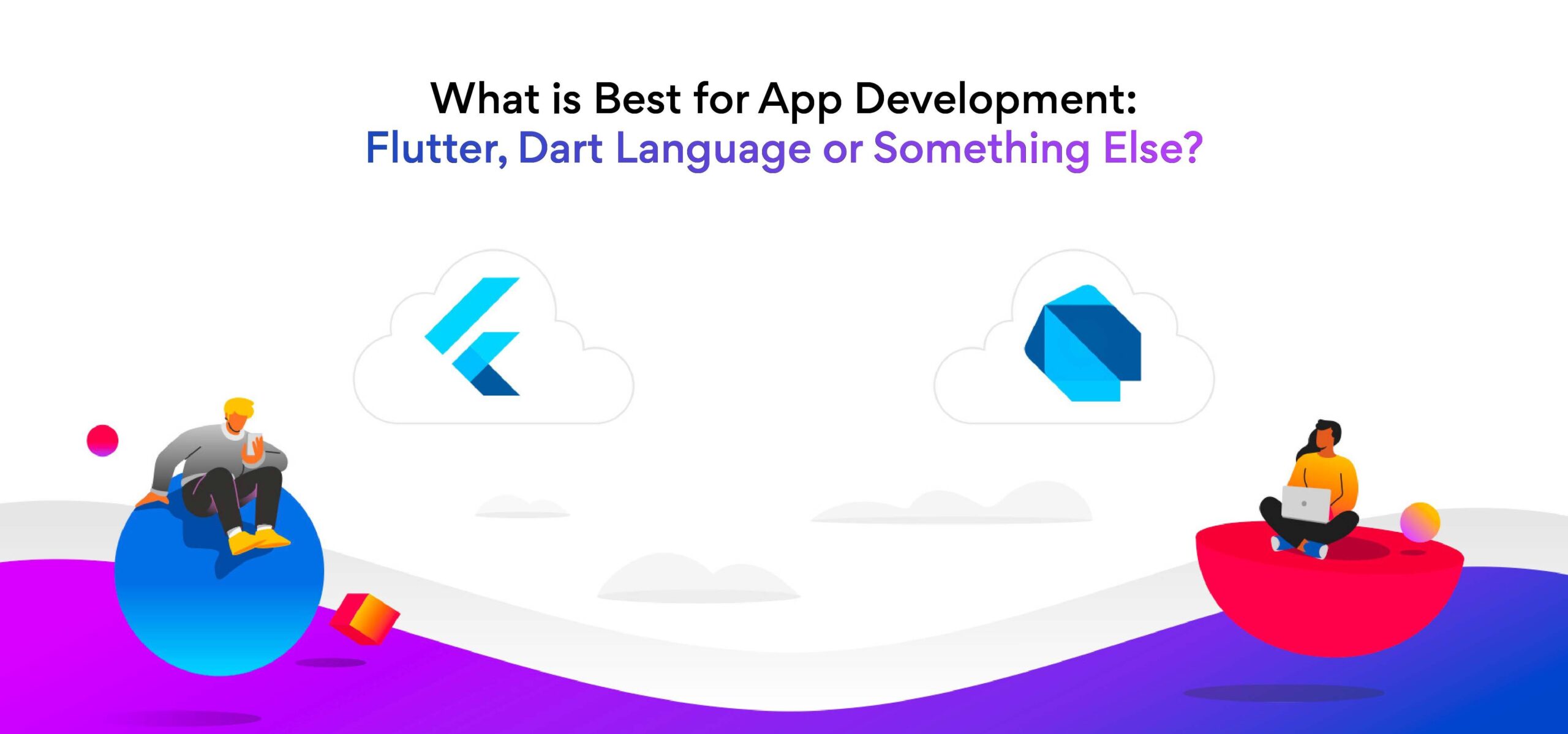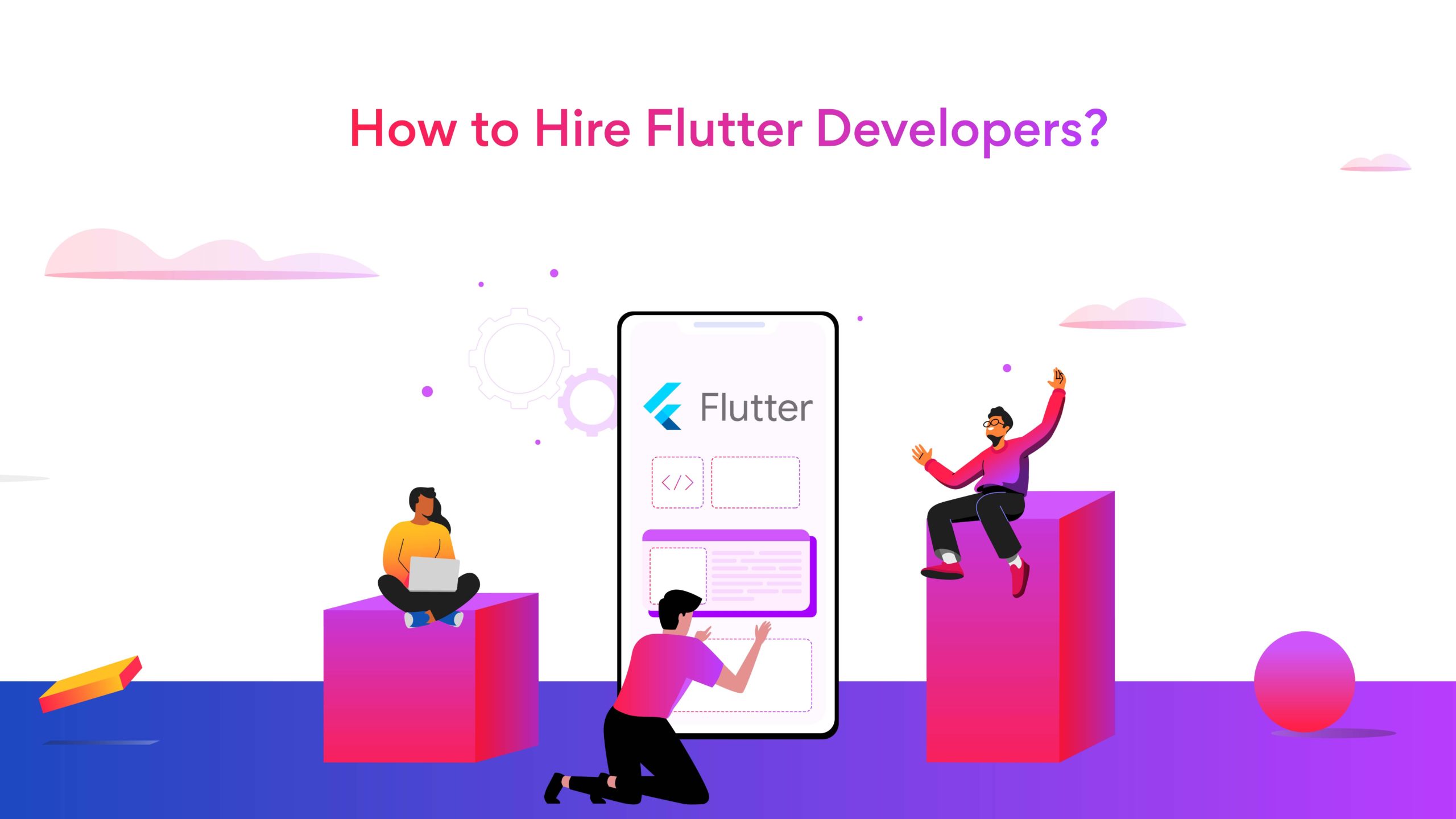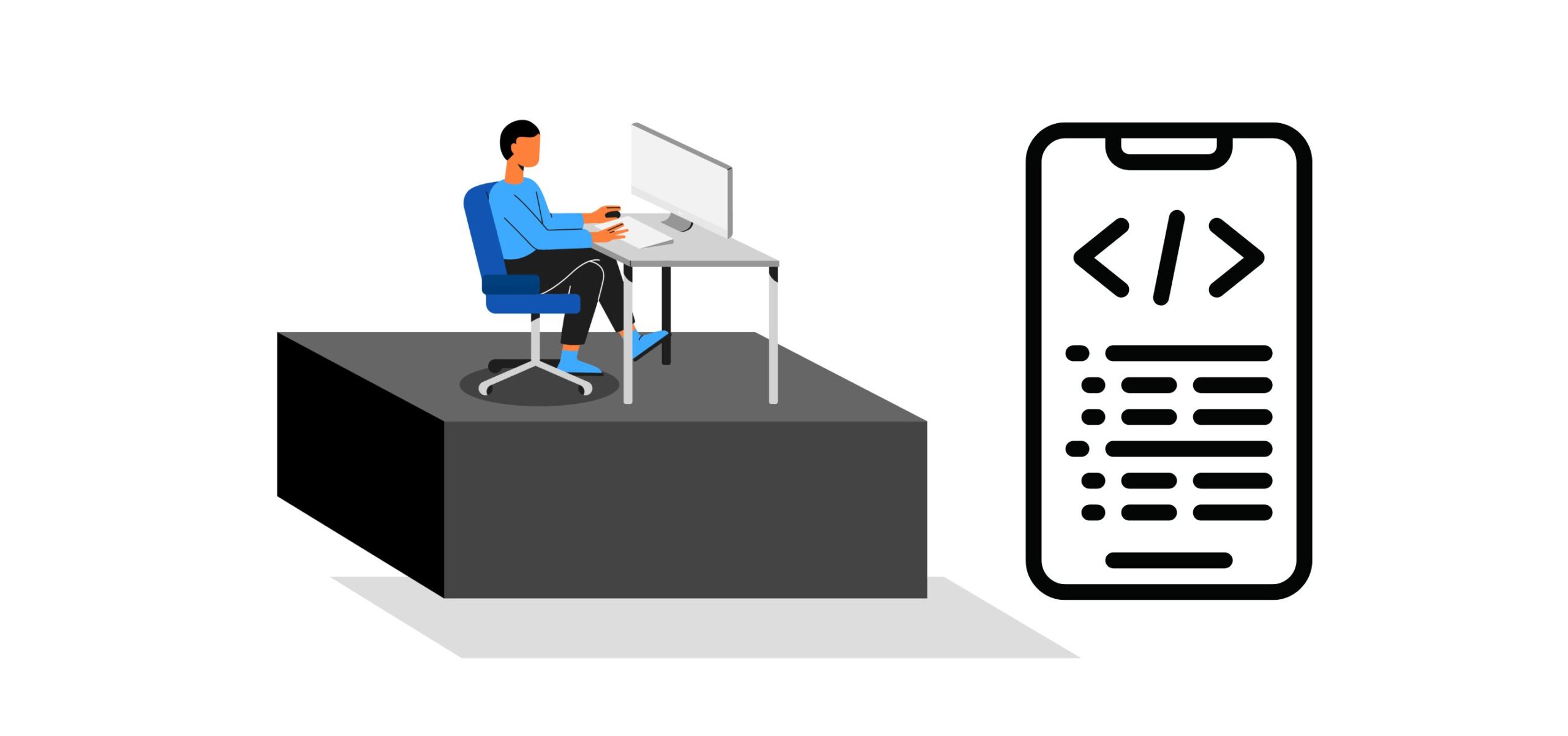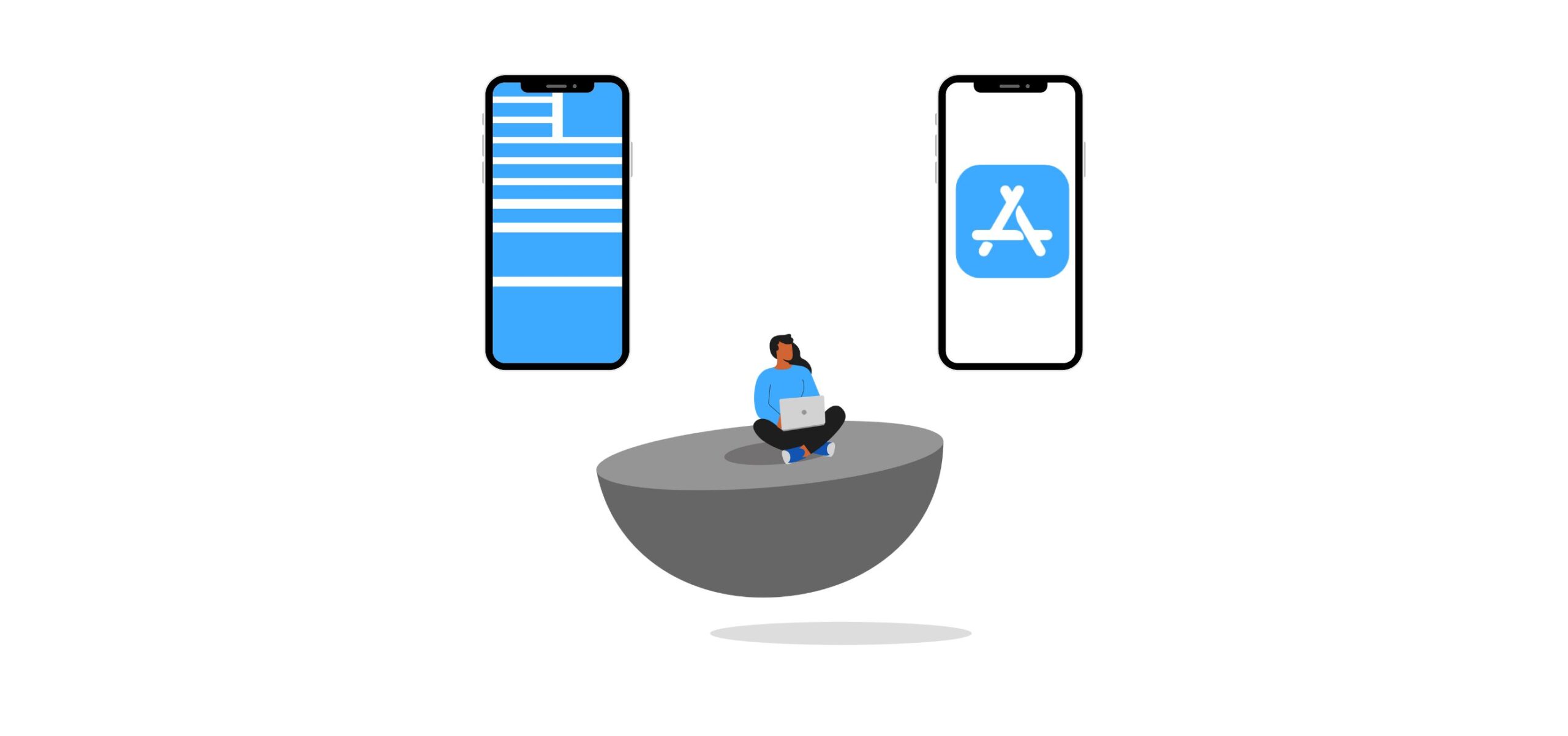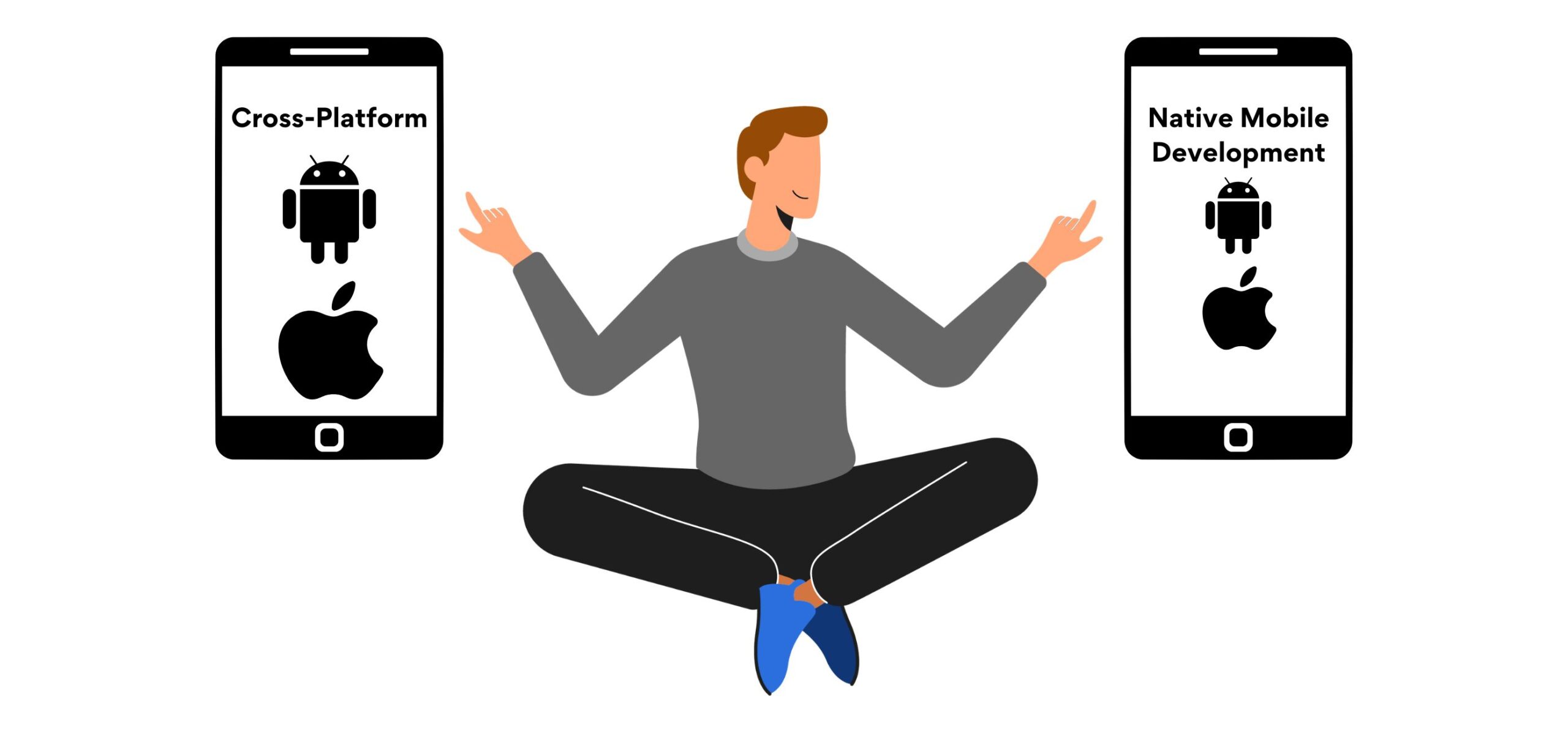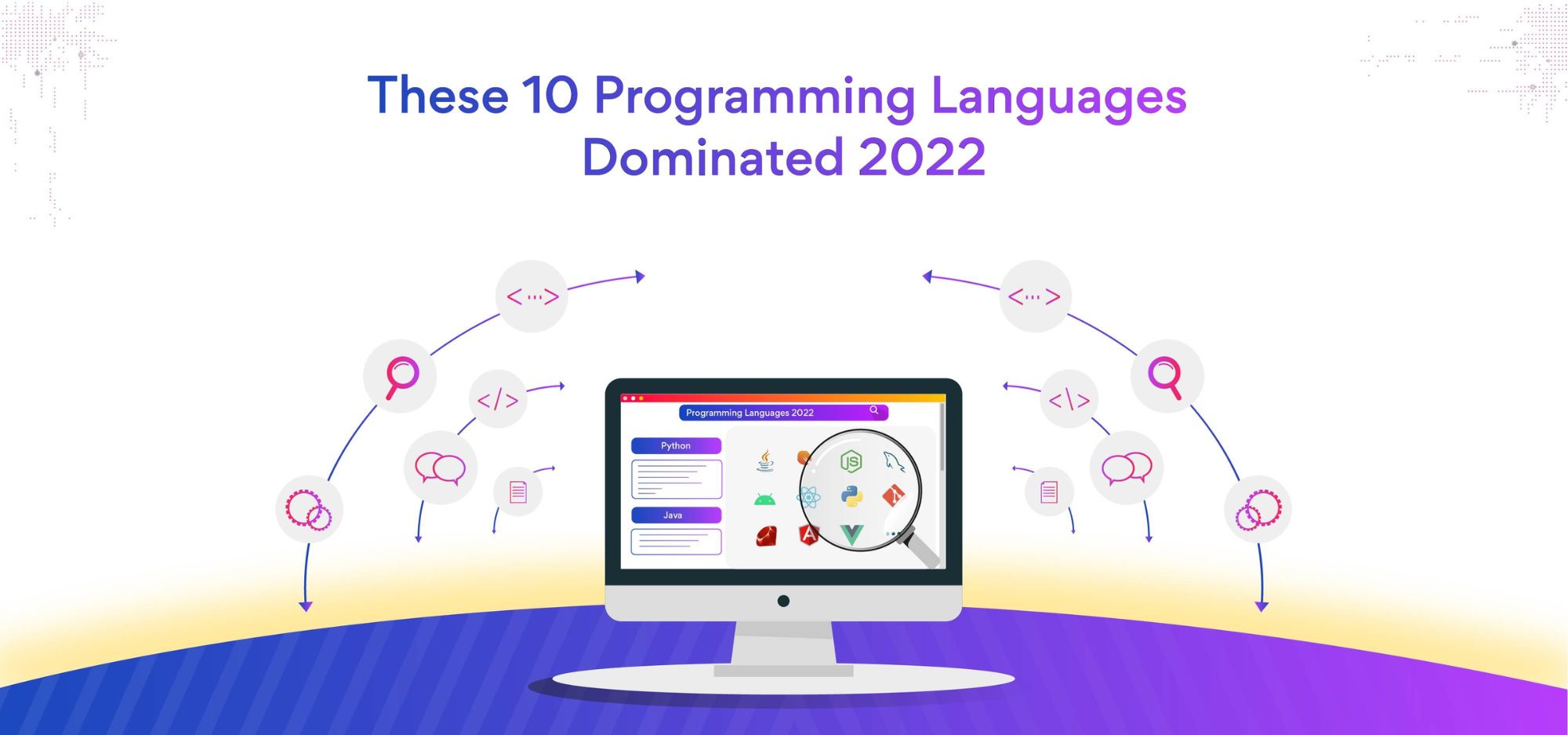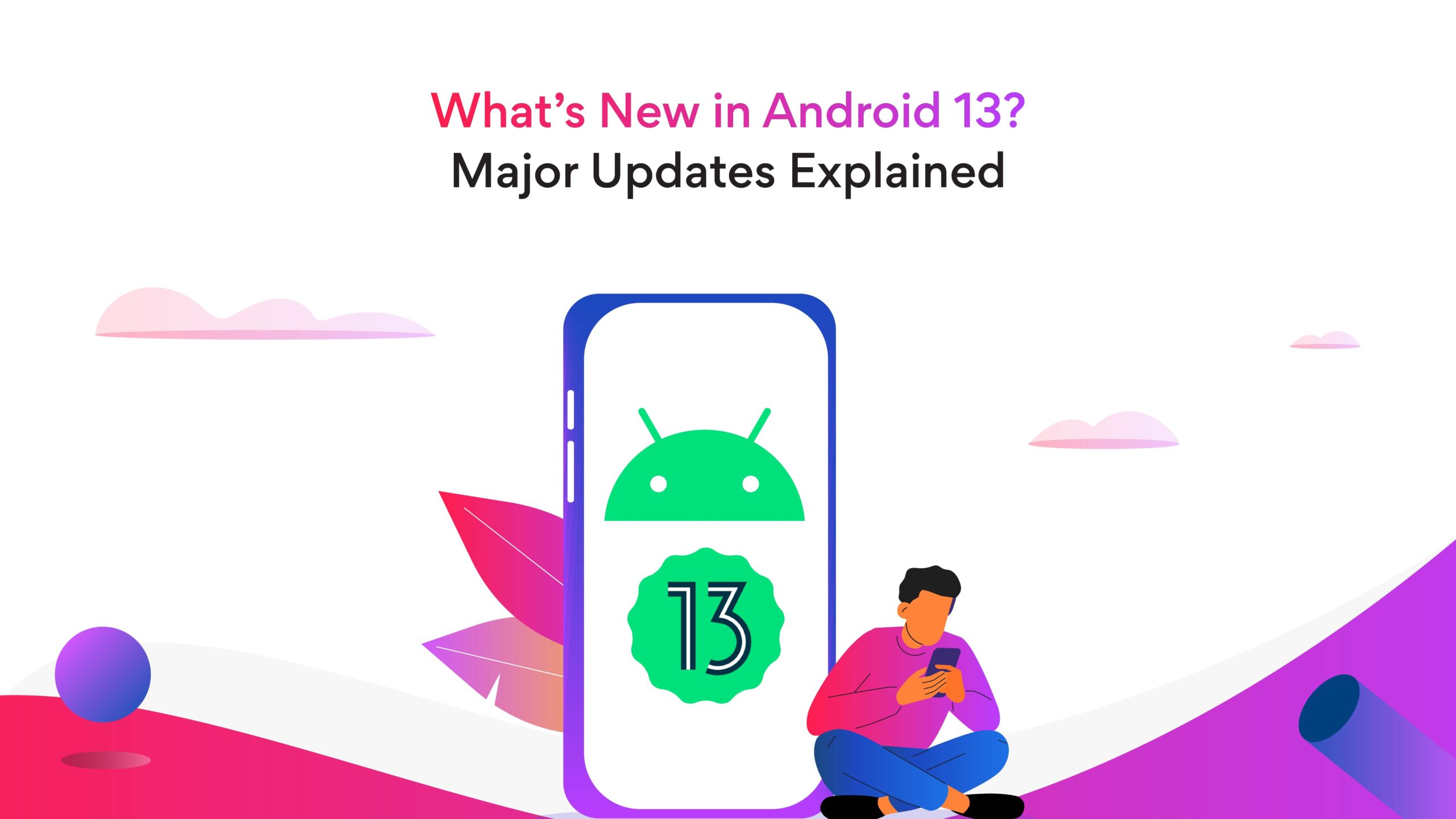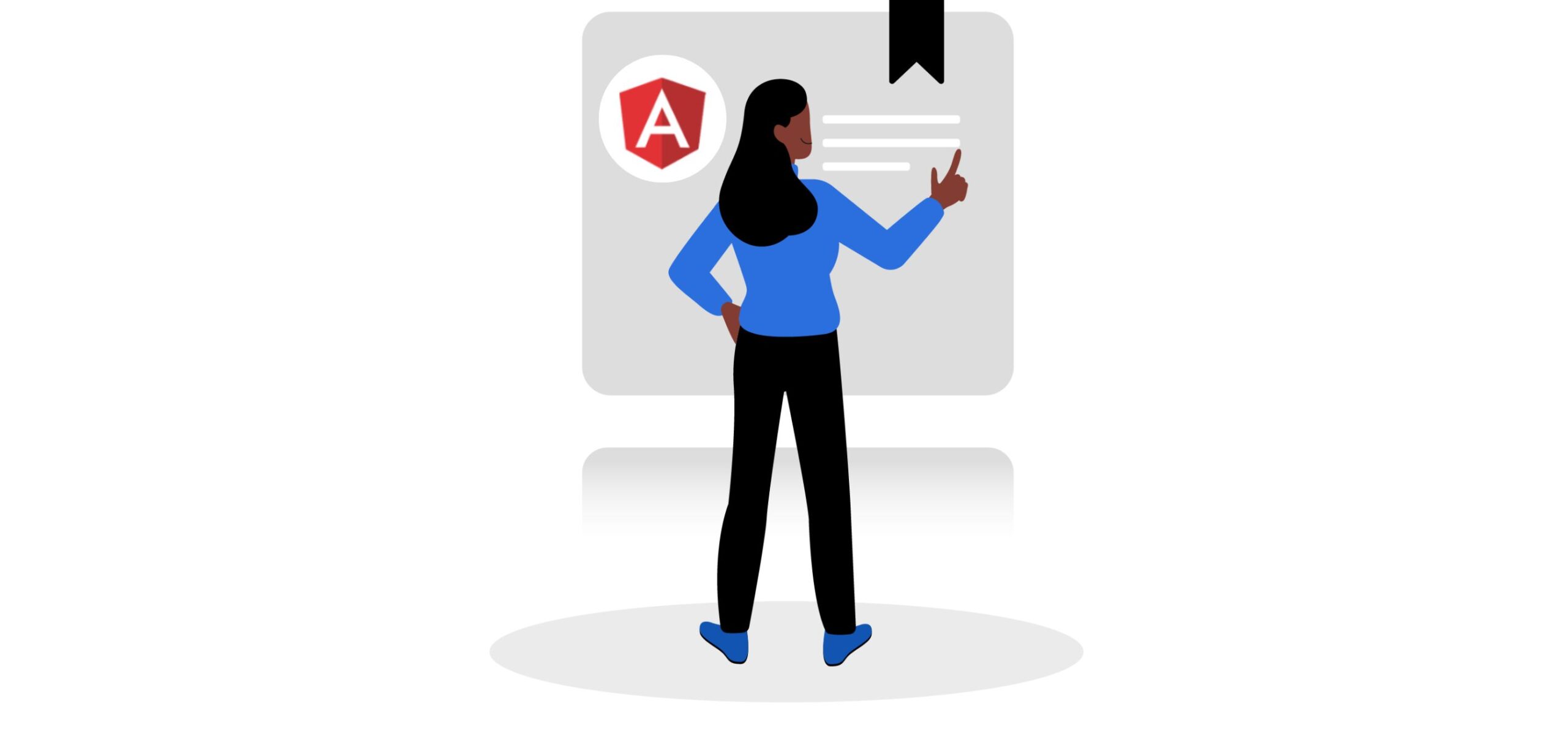What Is Best for App Development: Flutter, Dart Language or Something Else?
Is Dart better than Flutter? Are Dart and Flutter the same thing? Is Dart language enough for Flutter? Should I learn Flutter first or Dart?
Looking for answers to these questions? Keep reading.
What is Flutter?
Google announced Flutter in 2017, and it soon rose to the top of the list of the fastest application development platforms. Currently, the third most popular app development framework, Flutter, is a high-level native UI platform that is open-source for Android and iOS devices. Flutter is powered by Dart.
Flutter’s feature-rich user interface makes app development simple for developers. Also, Flutter offers reactive and declarative programming techniques, which makes it comparable to React Native.
Flutter is also a portable user interface toolkit with many widgets and features. It offers a platform for programmers to easily create and distribute natively built, aesthetically pleasing applications for various platforms. Flutter developer jobs are in great demand in the software industry, and as a result, Flutter app development is growing exponentially.
Features of Flutter framework
- Hot reloading
Developers can view their results on the screen in real-time, thanks to Flutter’s Hot Reload functionality. Developers can also add features and address bugs without worrying about memory constraints. - Rich widgets
A native app developer can combine different widgets according to the client’s needs to create a beautiful and expressive user experience using Flutter. - Efficient user interface
Developers can work with many interfaces thanks to the portable and well-organized GPU (Graphics Processing Unit) rendering in Flutter. - Google Firebase assistance
The Google Firebase back-end support is available for developers through the Flutter framework. Developers can leverage this accessibility to produce scalable apps.
Benefits of Flutter framework
- Simple to use
The code mix of Flutter and Dart is easy to use and understand. Flutter can build fully functional apps with a lot less code. Less than 30 minutes are needed for installation, thanks to the Flutter framework. - Available for all platforms
Unlike many other platforms, Flutter can work with iOS, Windows, Linux, Android, and macOS. - Fast MVP support
Once the product foundation is in place, you can utilize the Minimal Viable Product or MVP to illustrate the essential features and activities of your website. Flutter helps you create a platform-neutral MVP that offers a top-notch user experience. - Single codebase
With Flutter, developers can construct strong enterprise-grade apps for Android and iOS mobile applications utilizing a single code base. Developers can manage their code more efficiently because they don’t have to write separate code for both platforms.
What is Dart?
Google released Dart as an open-source, platform-neutral, and object-oriented programming language. With Dart language, you can create apps for both iOS and Android using the same codebase.
Dart code can be converted into native code for desktop and mobile platforms. Also, thanks to direct compilation, Dart can connect with any platform thanks to direct compilation without a separate bridge, unlike React Native.
Dart is a client-side programming language that offers several tools for creating apps, including design features, dynamic typing, interface, classes, and optional typing. Dart is made to function on both the browser and the server.
Features of Dart language
- Extensive library
Dart comes with many helpful pre-built libraries, including Math, Convert, HTML, SDK, Core, and others. Dart also enables developers to properly name-space and group Dart code into the necessary libraries. Developers can reuse the libraries by using the import statement. - Versatile compilation
Dart has the resilience needed to compile code at lightning speed. It supports the JIT (Just in Time) and AOT (Always on Time) compilation techniques. This feature makes it simple for developers to transmit and effectively run the Dart programming language in web browsers. - Security-based language
Dart is a type-safe programming language that allows developers to employ runtime and static type checking to ensure that a variable’s value always matches its static type. - Big community
There is a sizable, active development community for the Dart language. So, assistance is always readily available if you encounter any problems while developing with Dart.
Benefits of Dart language
- Simple to learn and use
Anyone can easily learn Dart because it is an easy language to learn. Dart developers who are familiar with the basics of OOPs programming can start writing apps right away using the Java-like syntax of Dart. Developers can readily understand the framework’s tools and terminologies while accessing numerous libraries because it offers a straightforward learning ecosystem. - Great performance
By using the Dart language, you can improve the performance of your apps. JIT and AOT are two features in Dart that help with language implementation. JIT and AOT help with the application’s quicker and better execution. - Flawless documentation
Programmers, who have used Dart, can attest to the language’s great documentation and ease of learning. Developers can easily start the coding process, and the community is quite supportive. Dart provides straightforward syntax, usable functions, and beneficial training guides for developers. - No configuration and installation
Dart includes a simple user interface called DartPad. This interface does not require installation or configuration before use. To run the Dart code, you only need to write it down and select the ‘Run’ instruction.
Flutter framework and Dart language highlights
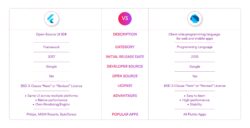
Flutter framework and Dart language highlights
Bottom line
Flutter, a relatively young but already well-liked framework, will continue to evolve and improve as the development community expands. Its benefits for cross-platform development are apparent, and it would be a grave error to overlook it as a tool for app development.
Contrarily, Dart is currently the best option for creating software products for different platforms, including iOS and Android apps. The Dart team has spent the past few years elevating it to the top language for client-side development, making it a preferred choice among app developers.
So, make sure you talk to your manager and team members and review the project requirements before choosing a platform for mobile app development.
If you are a Flutter or Dart developer looking for a long-term, high-paying job in a US company, try Turing.com. Turing offers amazing remote job opportunities across 100+ skills, such as Flutter, Dart, React, Python, Java, and more. Visit the jobs page for more details.
FAQs
- Which is better, Flutter or Dart?
The Dart language usually outperforms all other development frameworks in terms of performance. - Is Dart necessary for Flutter?
Without learning Dart, don’t move to Flutter. If you have programming experience, it will be easy to learn Dart.
Join a network of the world's best developers and get long-term remote software jobs with better compensation and career growth.
